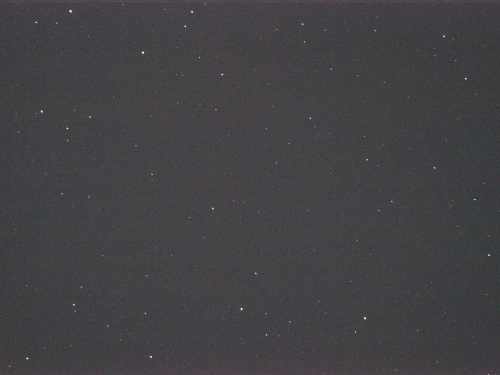16.02.2019
New aspect: Stay long on two galaxies
Image acquisition:
This time I wanted to capture tow cool galaxies in one frame. I searched Stellarium the day before and found those two beautiful galaxies. They fit into the FOV of my camera/scope as I use an old Olympus E510 and a Skywatcher 150/750 Newtonian reflector. Challenge was to frame the objects right into one frame and not accidentally cut one galaxy off. So I chose a high ISO 1600 (max with my camera) and like 60’ test frames to locate the galaxies. Due to my little mount with high inert slewing errors I had a hard job of even finding the two of them. After that I needed to fit them into one frame. My sister and her fiancé can tell the story of me trying to move the scope just ever so slightly than taking a test shot, wait for 60’ then reslew. Than me realising I slewed in the wrong direction. Me reslewing again. Taking another test shot. Off again. Where are the galaxies at all? Reslew. Test shot. Searching….. Uff! It was tough.
Finally, like after an entire hour I found M81 and its friend M82 and started the session. We went inside as it was only around the freezing point outside. Due to poor alignment – I sill used the skywatcher alignment method these days – I wasn’t able to capture M82/M81 with 60’. I had to go with 50 seconds to pin down the stars but could grab one and a half hour worth of data on the other hand. I then took like 20 darks, 20 bias and even (!) 20 flats in the next morning. So I ended the session with plenty of data to work with.
Image processing:
To put it frankly: 50 seconds on ISO400 are just too faint to properly work with. First thing I noticed was a strange and awful gradient crossing the freshly stacked image. I then tried different things and ended up with removing the flat frames. That cured most of it but in the end I really didn’t know what caused it. The flat frames looked good from first preview. Whatever. I stretched the data just a little, cropped the image to get rid of the stacking borders and then aligned the colours or in other words set the black and white level. I still did that by aligning the peaks of the histogram. It works pretty well and is easy and cheap. Using layer masks I stretched the galaxies to their heat death without over rushing everything else with noise. The spiral structure of M81 can be seen and the inner clouds of M82 are visible as well. Unfortunately you can just hardly see the red dust streaks leaking out of M82. That always amazed me on other images.
I did three versions of that image:
The first one tries to bring out the galaxies and their structure. I might have overdone the black level of the sky and therefore lost data on the objects. On the other hand the gradient is not that obvious.
The second version is an overexposed version of the first. It looks more pretty on dim smartphone screens but reveals more grain in the background.
The third version tries to get a smooth and natural looking galaxy. On the one hand I was more careful with the background. On the other hand this technique left the gradient visible and also introduced some strange object and star colour. Something went wrong here.
Conclusion:
Framing is a lot of work! This fact and the poor alignment with the Skywatcher routine let me think about a solution to all of this problems: guiding! I could use the guidecam with a guidescope to A) plate solve B) polar align with PHD2 and C) do proper guiding to increase the exposure time!
As always: Clear skies and greetings!
Chris




